What Is Dip Powder Manicure? How To Do & Maintain It At Home
Give your nails that long-lasting shine and protective coat with colored powders.

Image: Shutterstock
Get over gel and acrylic nails and take your nail game to the next level with the dip powder manicure. It is different from a regular manicure as it lasts longer, looks extremely chic, and protects fragile nails. In addition, the process is fairly simple and better than gel manicures in all aspects. So, before you rush to the nearest salon, scroll through this article to know everything about it and what to expect.
 Keep In Mind
Keep In Mind- Benefits: Dip powder is more durable than other nail polish types. It also does not require you to dry your nails with a UV lamp and is easy to apply.
- Precaution: Take care when exposing dip powder nails to harsh chemicals such as acetone and hot water or steam. Avoid using them for more than the recommended time.
- Maintenance Tips: Apply cuticle oil daily to keep nails and cuticles moisturized, and use a soft-bristled brush to gently clean under nails.
In This Article
What Is Dip Powder Manicure?
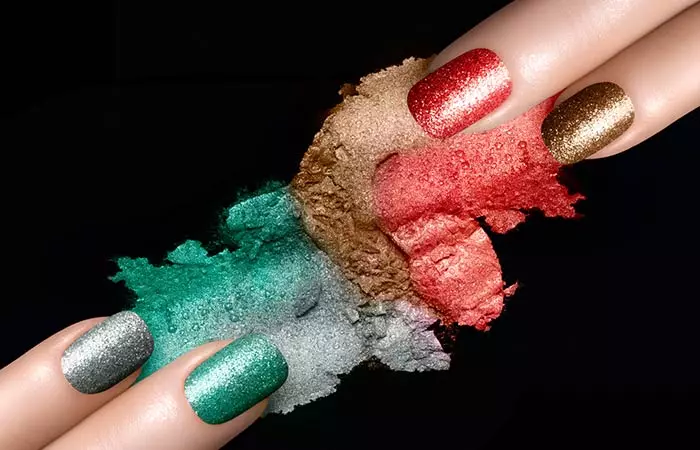
Picture this.
You just came out of the salon, happy with your perfectly manicured nails. You get a soda can and try to open it, only for it to chip your nail paint! Nothing matches the regret you feel when something like this happens right after spending big bucks on the perfect mani.
Dip powder manicure protects your nails from such unlikely accidents. It is done using a colored powder and a resin-type glue to give you a long-lasting manicure.
To give you a better idea of how dip powder manicure is done, here is a brief explanation of the entire process:
- The manicurist will clean the nail bed and prepare your nails for the manicure.
- A clear base will be applied on your nails.
- Right after applying the base, your nails will be dunked in a small container with colored powder.
- After taking your nail out of the container, the nail technician will brush away the excess powder and seal it with a special resin-like glue (a special polish).
The entire process is repeated several times on each nail.
The best thing about dip powder manicure is that it does not chip like other manicures. It also does not use any strong chemicals that can damage your nails. On the contrary, it strengthens your nails. Dip powder does not hinder nail extensions as well. This is why dip powder manicure has surpassed the popularity of gel nails. Check out the next section to find out how dip powder manicure is better than gel manicure.
 Trivia
TriviaKey Takeaways
- Dip powder manicure is a method in which you dip your nails in a jar of colored powder instead of painting nails.
- Dip powder is applied after coating nails with resin glue to create a thicker and more durable layer protecting nails from chipping.
- Reapply the top coat after a few days.
- Avoid using hand sanitizer after applying dip powder as it can dehydrate the skin and nails, and remove the manicure, use acetone soaked cotton ball.
Dip Powder Nails: Is It Better Than Gel Manicure?
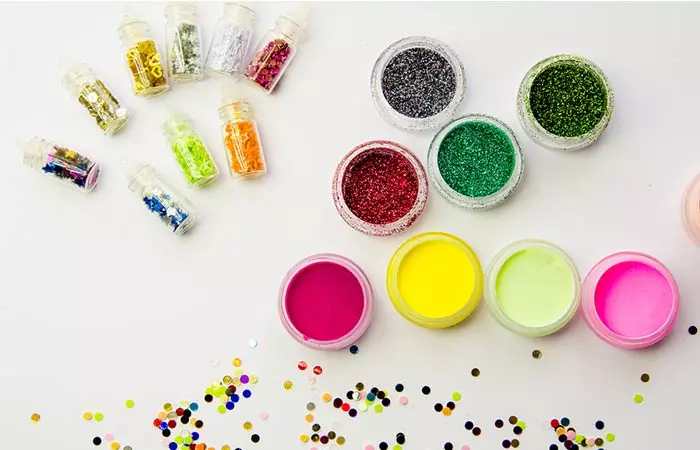
While acrylic nails look artificial, gel manicure and dip powder manicure give your nails a more natural look. Both gel and dip powder manicures look similar, but there’s a huge difference between them.
Although gel manicure may give you the same effect as dip powder manicure, it also emits a strong odor. Unlike gel manicure, dip powder manicure does not require curing time under a UV lamp to harden. It dries quickly on its own.
Next, let us discuss the difference between dip powder and acrylic nails. Scroll down to read.
Dip Powder Vs. Acrylic Nails
| Factors | Dip Powder Nails | Acrylic Nails |
|---|---|---|
| Longevity | Lasts up to four weeks | Lasts between two to three weeks, similar to gels |
| Glue Usage | No use of nail glue, no harsh chemicals | May involve acrylic nail glue with potential toxins |
| Layer Thickness | Requires thinner layers for reduced infection risk | Typically involves a dough-like material for application |
| Application Process | Liquid base coat, colored powder, protective clear polish | Combination of powder and liquid, molded into shape |
| Nail Lengthening | Possible to use nail tips for extended length | Uses tips or nail forms to achieve the desired length |
| Method Preference | Preferred for its durability and less chemical exposure | Choice between tips and shapes |
You don’t need to go to a nail salon to get a dip powder manicure. So, how to remove dip powder nails at home? You can do so by following the instructions given below.
How To Get Dip Powder Nails At Home: Step-By-Step Tutorial
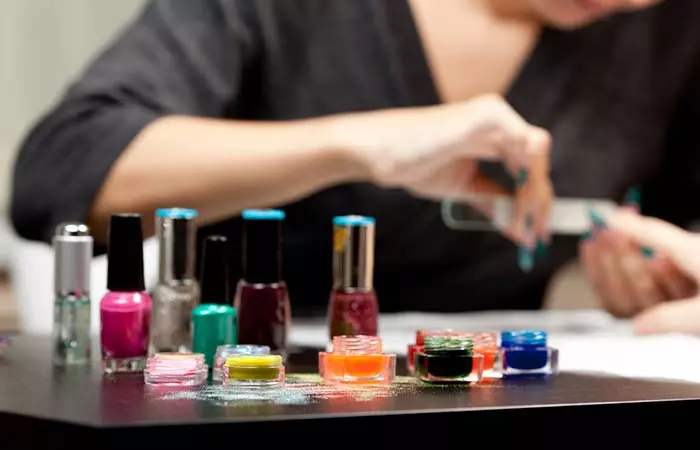
Before you start with your nail art, get your equipment organized. Here are the things that you will need for doing Dip Powder Manicure at home:
- Nail polish remover
- Cuticle pusher
- Scrapper
- Nail buffer
- Hand sanitizer or rubbing alcohol
- Nail bonder or nail base coat
- A dip powder manicure kit that contains
- Resin glue
- Colored powder
- Activator
1. Prepare your Nails
Clean your nails
with a nail polish remover (if you are wearing any polish) and use a cuticle pusher to push back the cuticles. If you have a scrapper, use it to remove any cuticles that are sticking out. Buff and file your nails.
2. Sanitize Your Nails
This is an important step in nail care. Use a nail sanitizer, rubbing alcohol, or antiseptic spray to sanitize your nails. This prevents any bacteria or dirt from getting locked under the nail polish.
3. Coat your Nails
Apply one coat of bonder (a clear substance) to your nails. Leave it on for just a minute.
4. Apply The Resin
Slowly apply the clear resin glue to your nails. Start from the area just above the cuticle and move towards the nail edge. Apply just one coat.
5. Apply The Clear Powder
Dip your finger into the powder container and roll it around for a few seconds. Remove your finger and gently tap it to remove any excess powder. Let it dry for a minute before using a brush to remove the excess powder. At this point, do not use colored powder.
6. Apply More Resin And Colored Powder
Apply another coat of resin to the nail and dip it into the colored powder. Wait for a few minutes before brushing off the excess powder. Repeat the step if you want a thicker manicure.
7. Apply The Activator
Apply the activator to your nails just the way you finish off your regular nail paint with a coat of clear nail polish.
8. Apply The Top Coat
After you have applied the activator, apply a fresh top coat (use one that is meant for acrylic nails). Let it dry completely.
Once the top coat has dried, wash your hands with warm water and soap/cleanser.
Since dip powder manicure protects your nails, it would be a great idea to follow a few maintenance tips to make it last as long as possible. Check them out below.
How To Maintain Dip Powder Manicured Nails
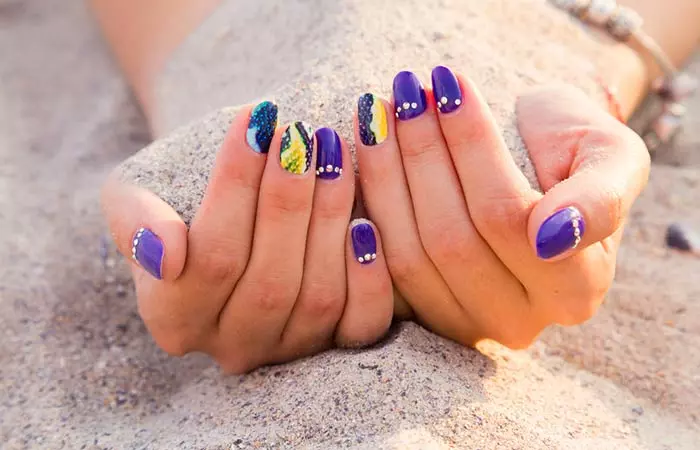
- Don’t apply the polish to your cuticle. This can lift your polish and make it more susceptible to chipping.
- Use cool air to dry your polish (preferably under a fan). If you are using a dryer, use it on a cool setting.
- Reapply the top coat after a few days to prevent any damage.
- Avoid using hand sanitizer as it can dehydrate your skin and damage the top layer of your manicure. Wash your hands with cleanser or soap instead.
If you have the habit of biting your nails or scraping your polish, try to avoid it as much as possible with dip powder manicure as it can damage your nails.
If you want to know how to remove dip nails at home, follow the steps listed in the next section. The process is simple and quick.
How To Remove Dip Powder Manicure
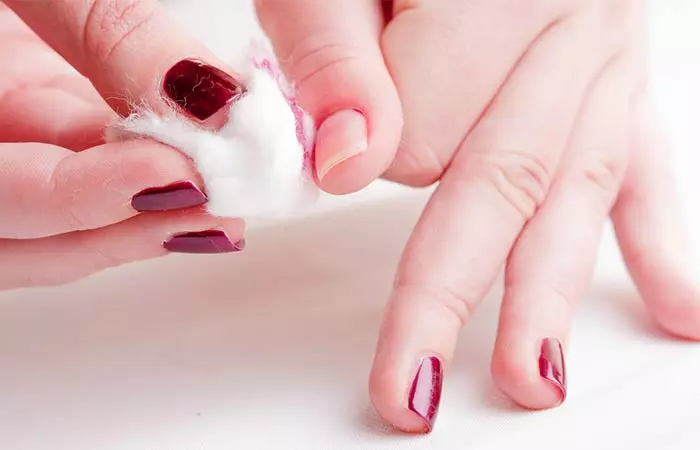
- Use a nail buffer to buff away the shiny top coat. Do it on each nail thoroughly.
Maggie, a vlogger sharing a tutorial on removing dip powder nails, also advises, “Make sure that you file your nails a little bit over the top or over the surface (i).”
- Drench a cotton ball in acetone (until it is dripping) and place it on top of the nail. Wrap a piece of aluminum foil around your finger to secure the cotton ball in place. Follow this step for every nail.
- Leave the acetone-soaked cotton balls on for 15 minutes.
- Remove the cotton balls while pressing them against your nails and wiping away the remaining powder.
When applied and taken care of properly, dip powder manicure can last up to a month. However, is this manicure good for your nails? Or does it has any side effects? Let’s find out.
Cons Of Dip Powder Manicure

Don’t worry. Dip powder manicure does not have any long-term side effects on your nails. However, there are a few temporary side effects that you might encounter if you get it done regularly. These are:
- Dipping the nails in the bottle of colored powder is unsanitary as it can become a breeding ground for bacteria and germs.
- Dip powder manicure might damage the protective seal of your nails by dehydrating it. However, your nails grow it back once you remove the polish.
- If not removed in the proper manner, it can damage your nails.
- Trimming the cuticles too deep or pushing them too far can cause nail infections.
- You need to soak your nails in acetone to properly remove a dip powder manicure. However, prolonged acetone exposure may lead to brittle nails that are more prone to breaking (1).
 Quick Tip
Quick TipTaking care of small things can help maintain your manicure and boost your natural nail beauty and the health of your nails.
Infographic: Difference Between Gel, Acrylic, And Dip Powder Nails
With so many nail products in the market, it can be tough to tell one apart from the other. The infographic below breaks down the differences between the three most popular nail products — gel, acrylic, and dip powder nails. Check it out now! Illustration: StyleCraze Design Team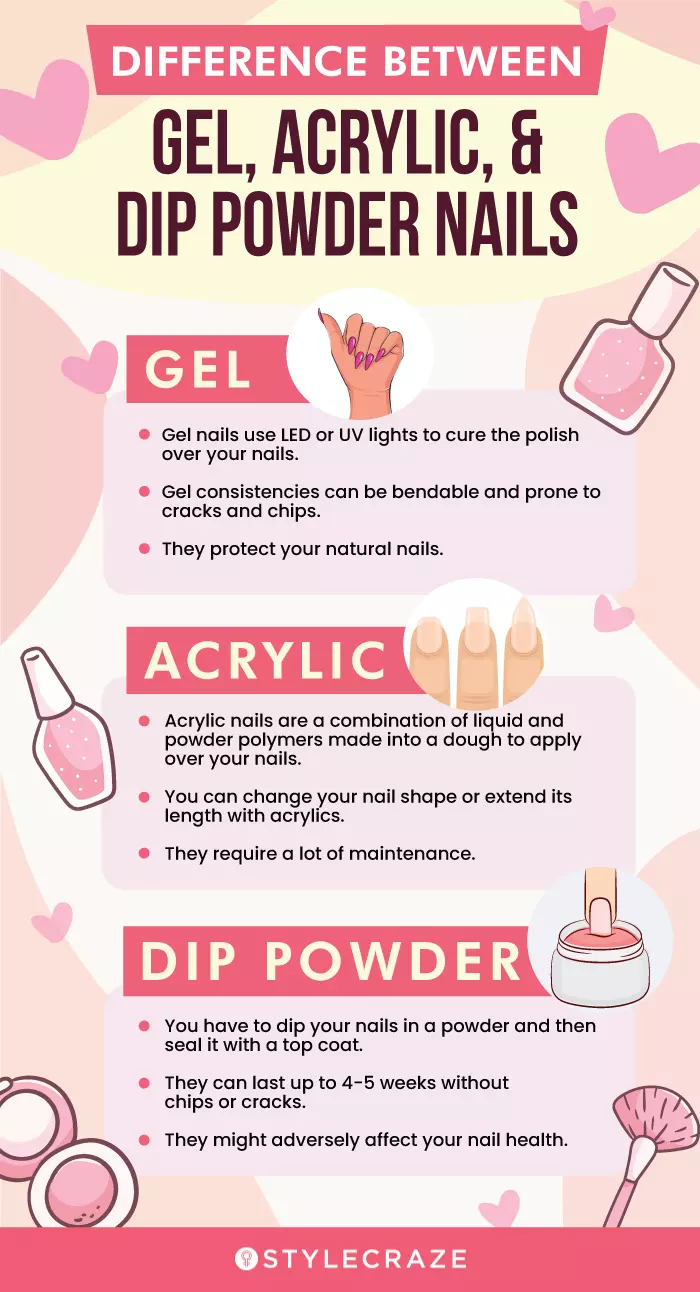
Dip powder manicure is a popular manicure where your nails are dipped in nail powder several times and sealed with resin glue for a long-lasting effect. Dip manicured nails give a more natural look and strengthen your nails due to the lack of harsh chemicals. Although dip powder manicure is safe, you may damage your nails if you do not remove them properly. Whether you have weak nails or want to experiment with something new and stylish, dip powder manicure is your new go-to, budget-friendly manicure.
Frequently Asked Questions
Can you use dip powder on short nails?
Yes, you can easily use dip powder for short nails.
How much do dip powder nails cost?
A dip powder manicure costs 30$ to 50$ in a salon, while an at-home dip powder costs 20$ to 60$.
Can you add length (tips) to dip nails?
Yes, you can use nail dip extensions to add more length to your nails.
Does dip powder stain nails?
Yes, you can get stains from dip powder. You can use a nail polish remover or warm water to remove the stain gently.
Does dip powder make your nails weak?
Yes, dip powder may temporarily dehydrate and damage your nails.
Illustration: What Is Dip Powder Manicure? How To Do & Maintain It At Home
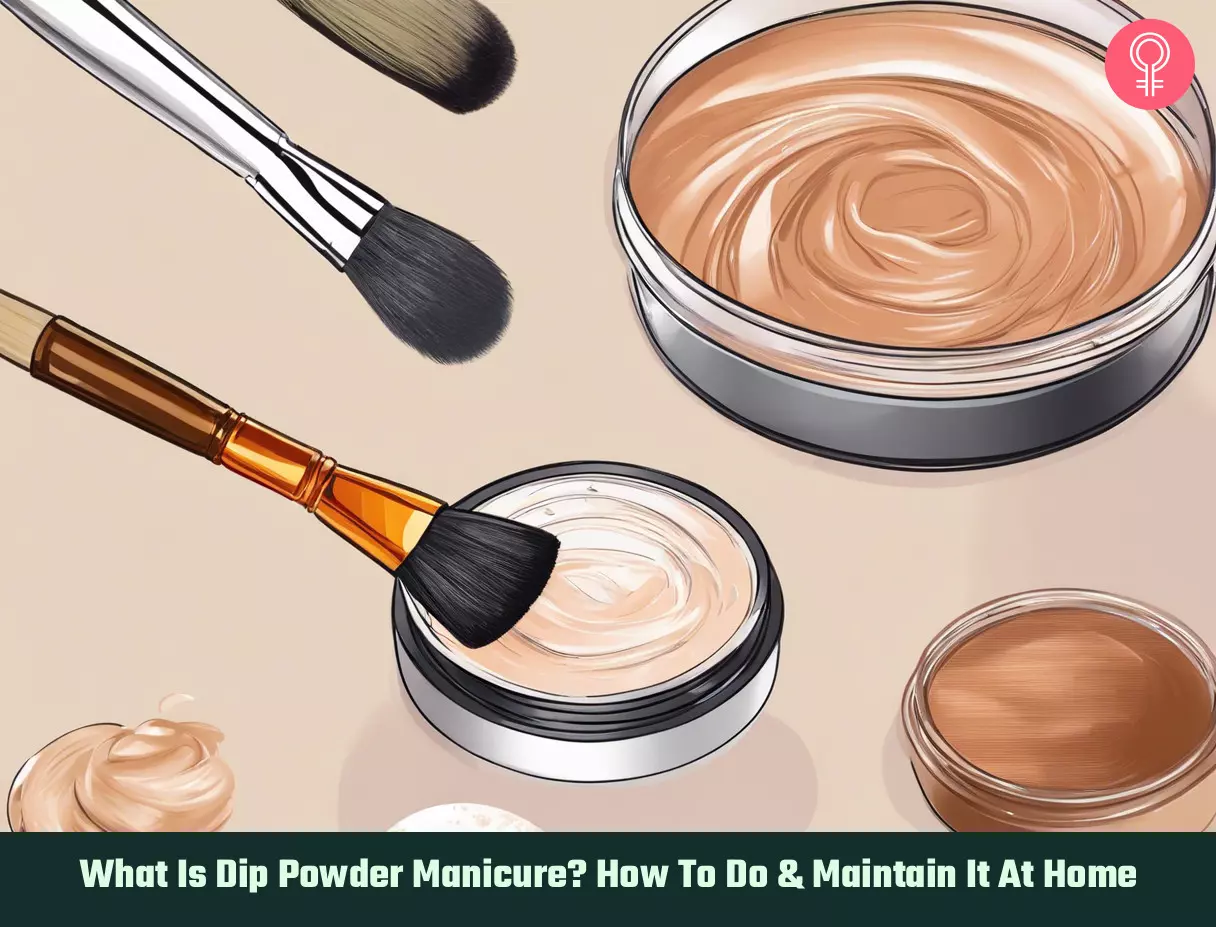
Image: Stable Diffusion/StyleCraze Design Team
Dip powder nails are the latest trend in nail art. They last longer than gel nails and are more durable. Learn why they are better than their gel counterparts in this video.
Personal Experience: Source
StyleCraze's articles are interwoven with authentic personal narratives that provide depth and resonance to our content. Below are the sources of the personal accounts referenced in this article.
i. How to REMOVE DIP POWDER NAILS | Fast & Easyhttps://www.youtube.com/watch?v=Q7WAK1yqnDk
Read full bio of Dr. Sameeksha Chand
Read full bio of Vaishali Sinha
Read full bio of Madhumati Chowdhury
Read full bio of Joyce Joyson





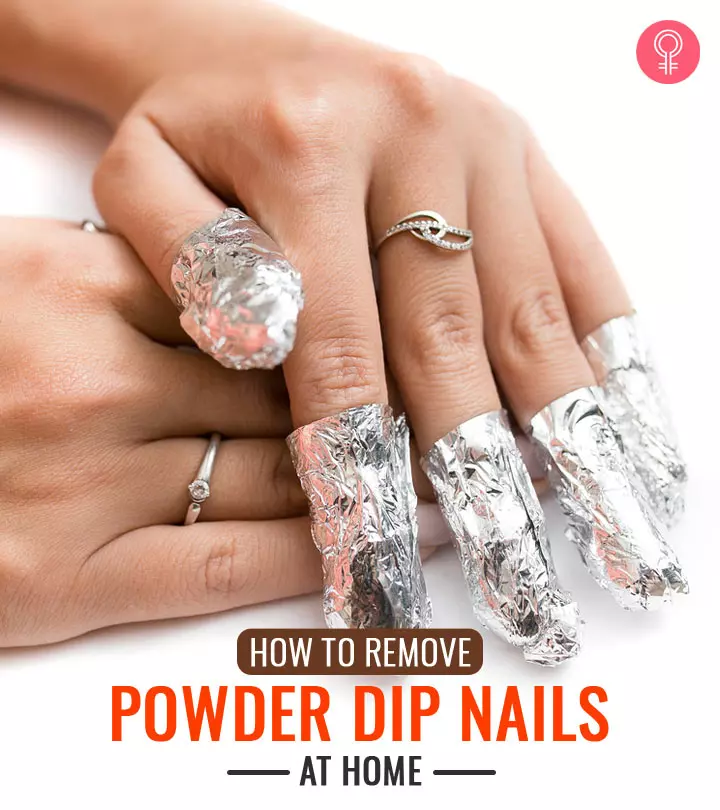
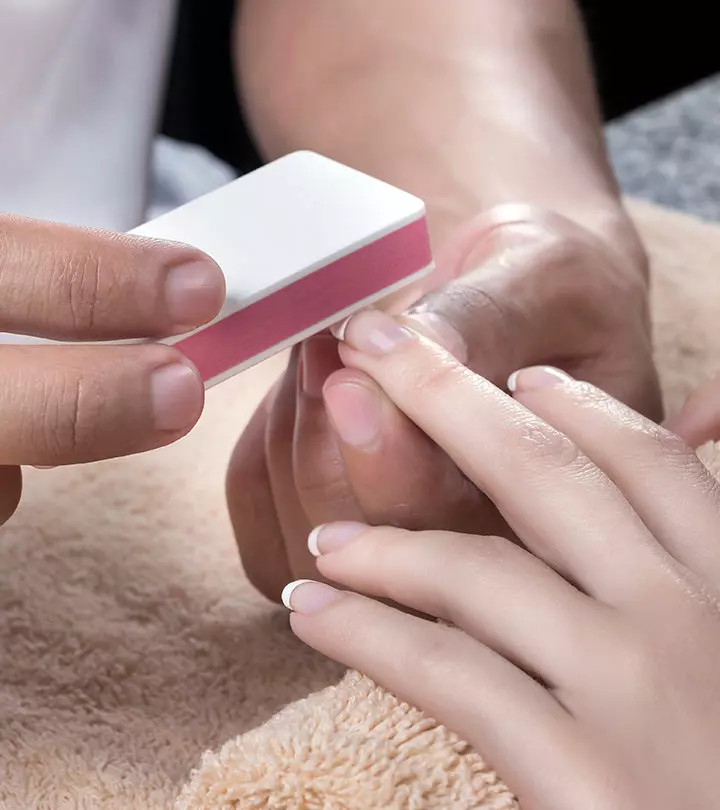
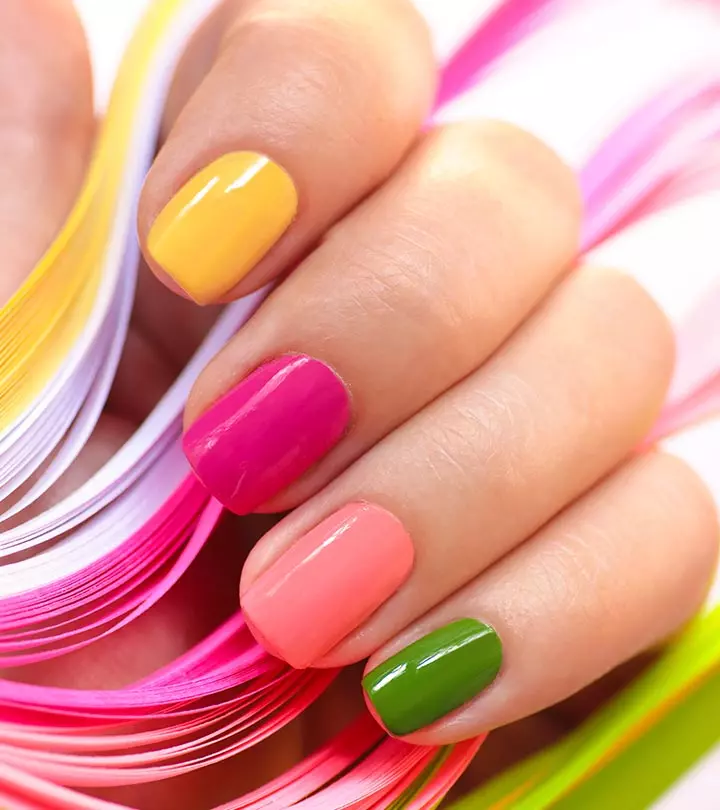
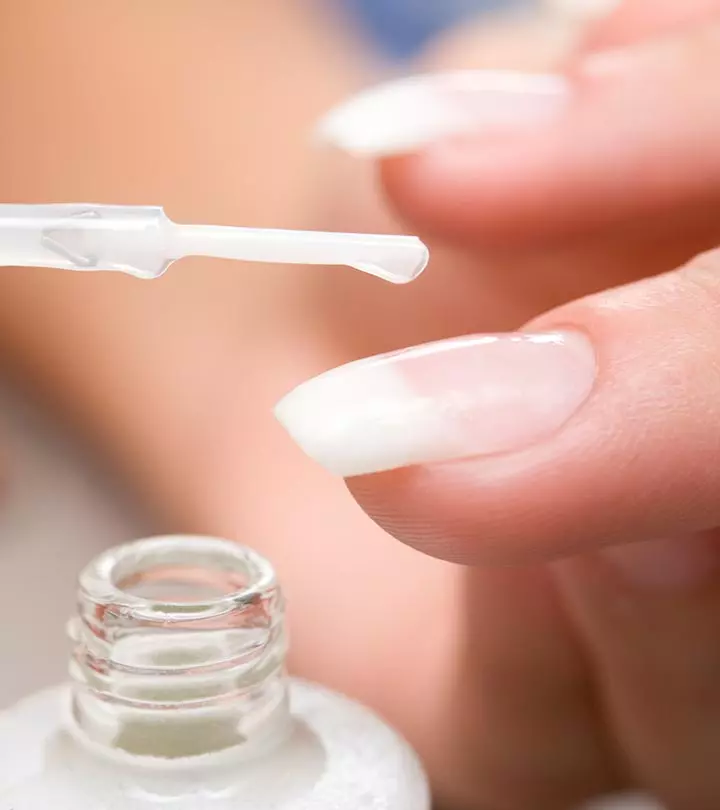


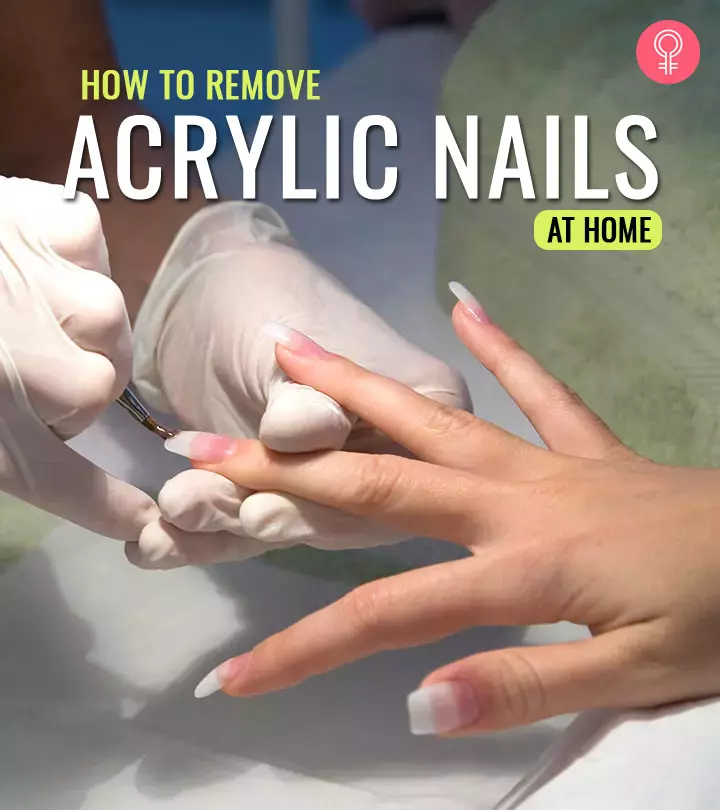
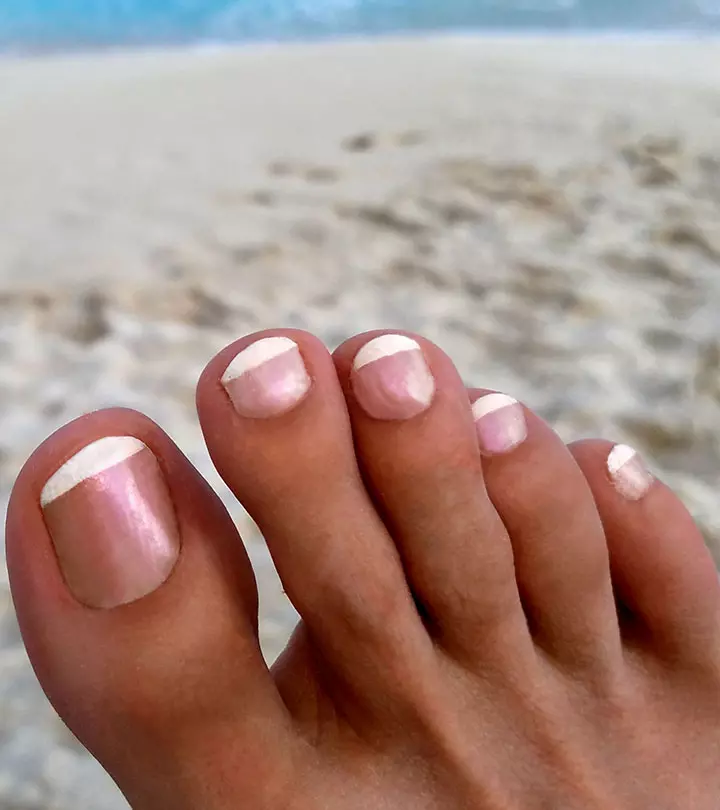
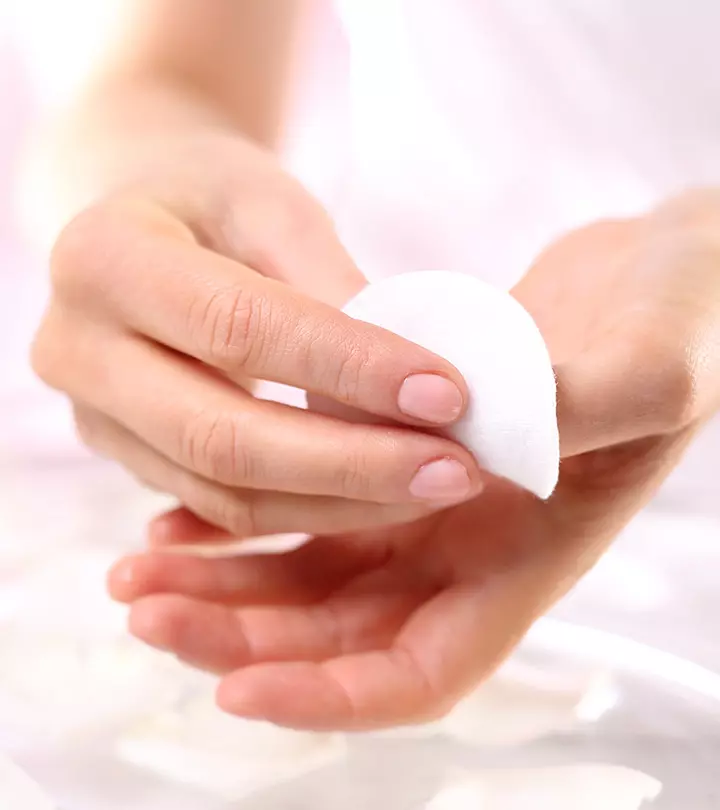
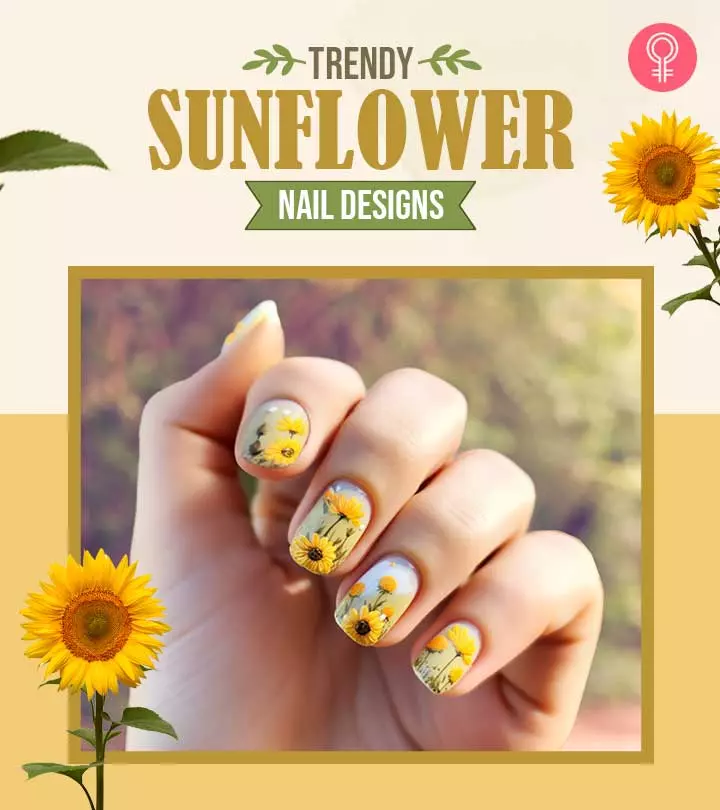

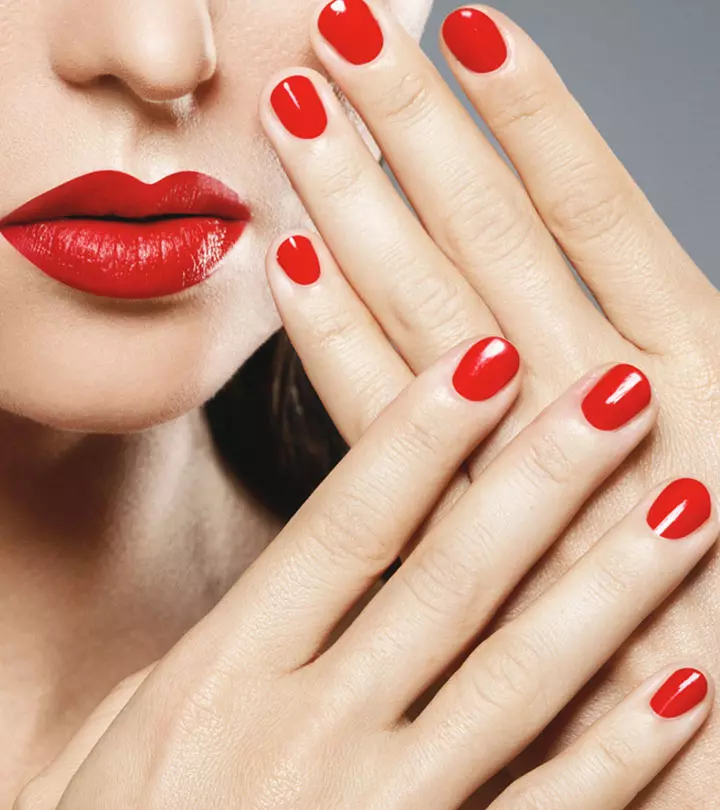
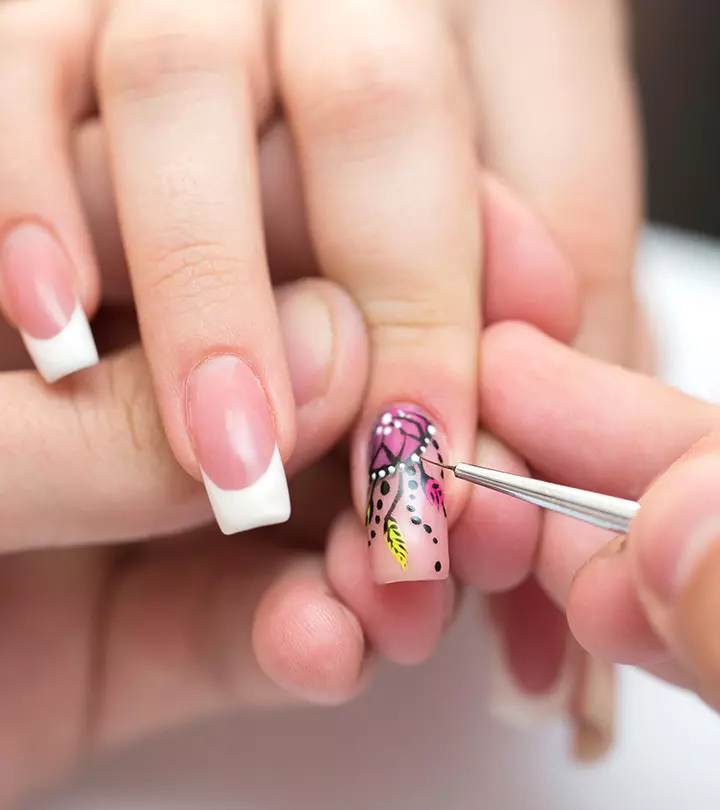
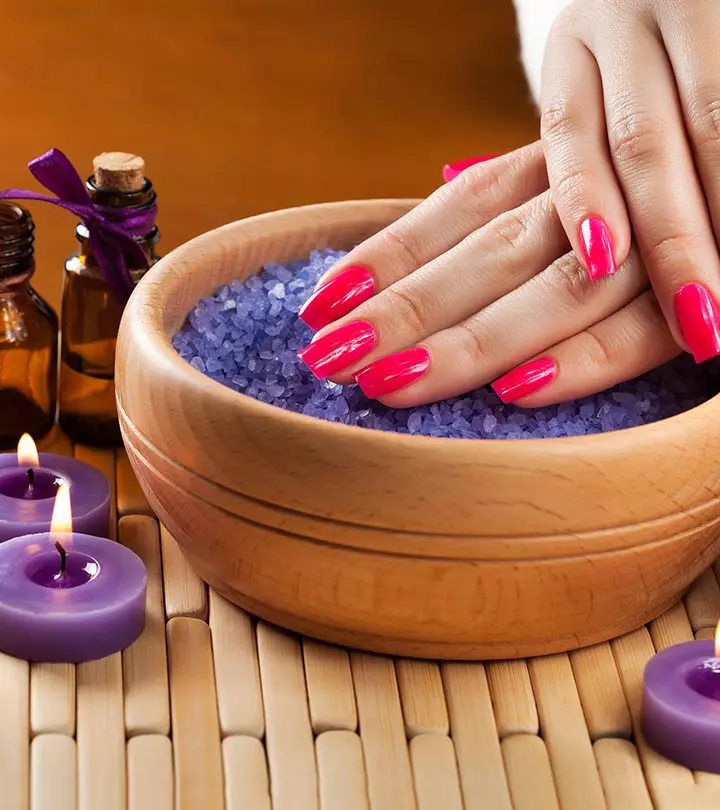
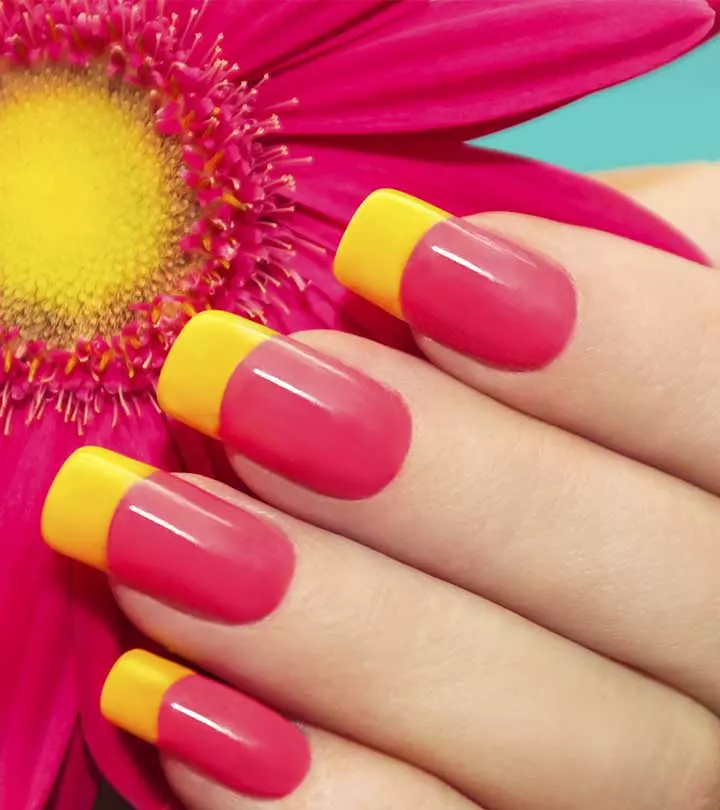
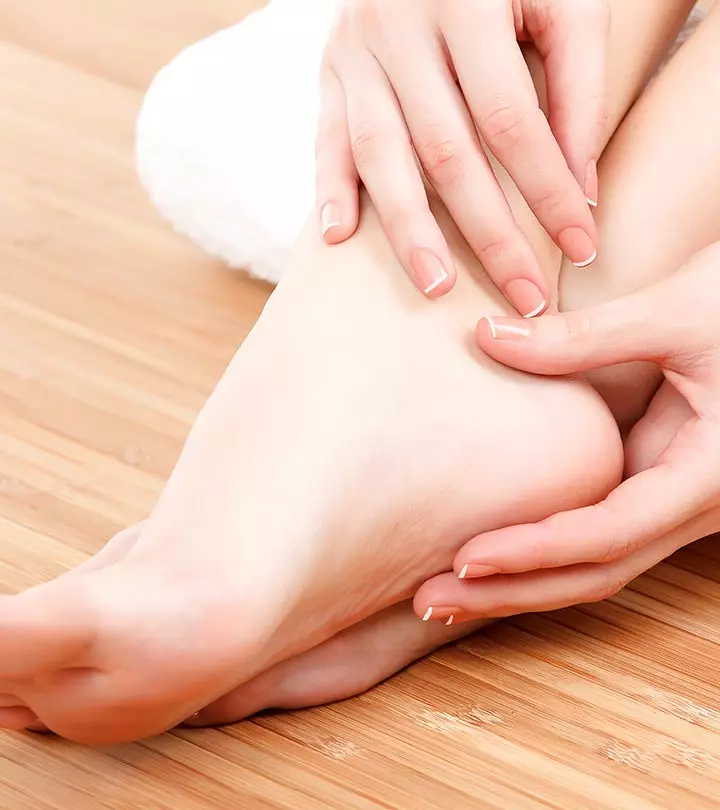
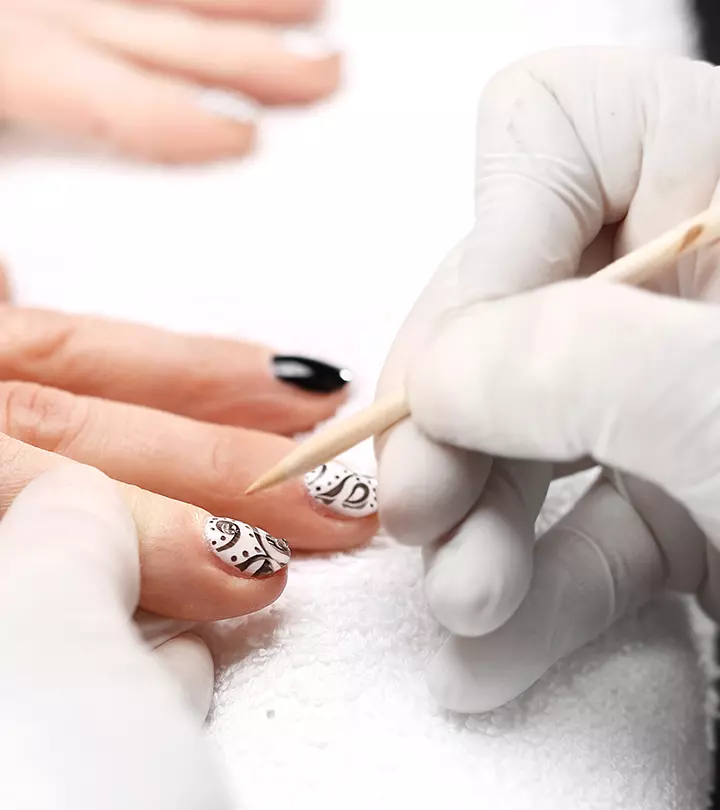
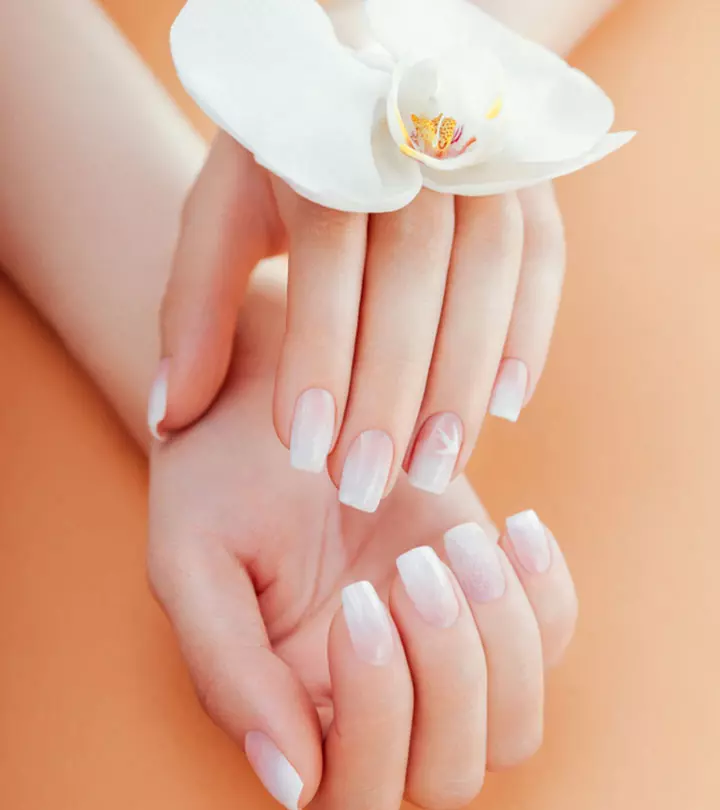
Community Experiences
Join the conversation and become a part of our empowering community! Share your stories, experiences, and insights to connect with other beauty, lifestyle, and health enthusiasts.